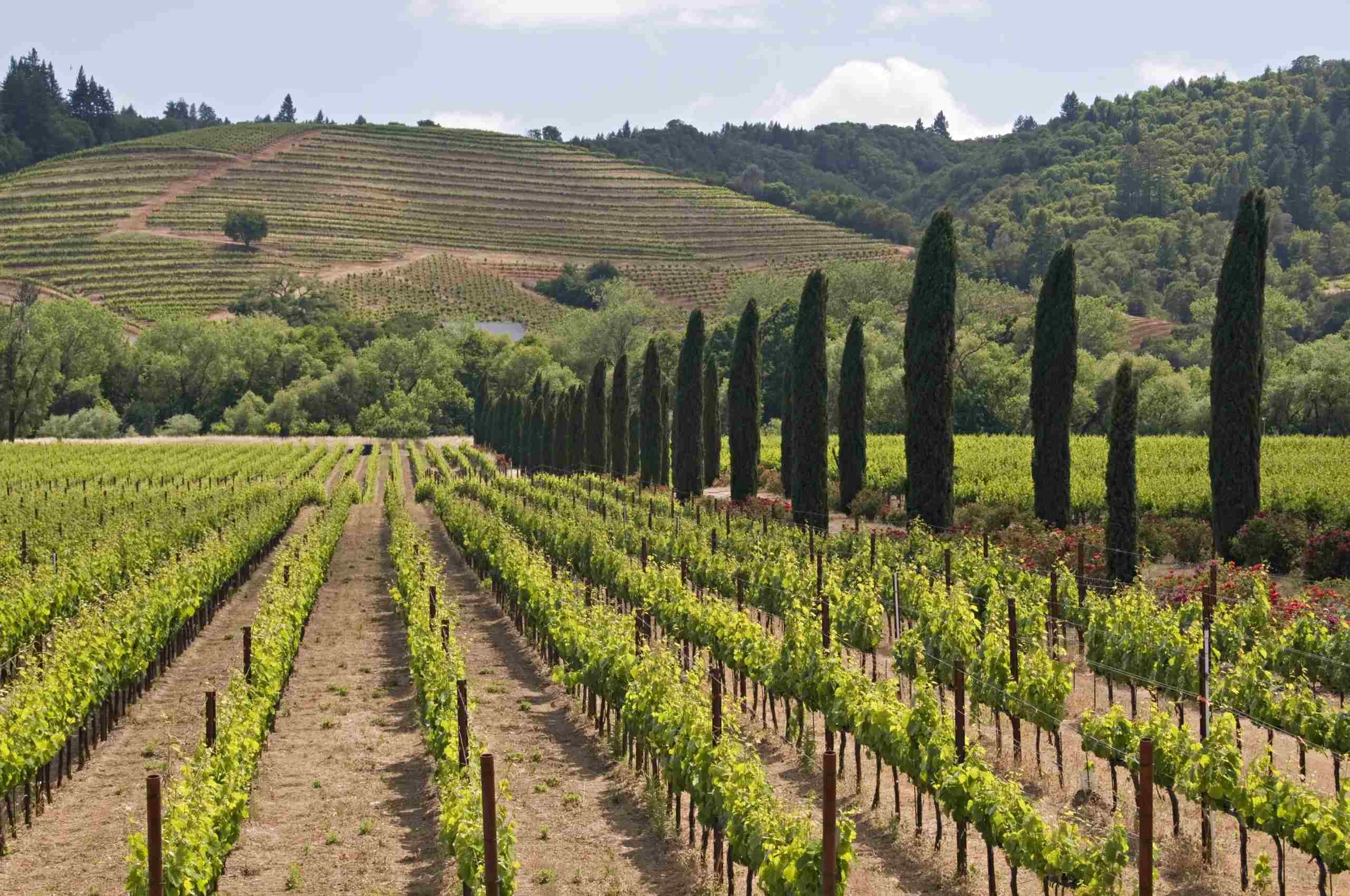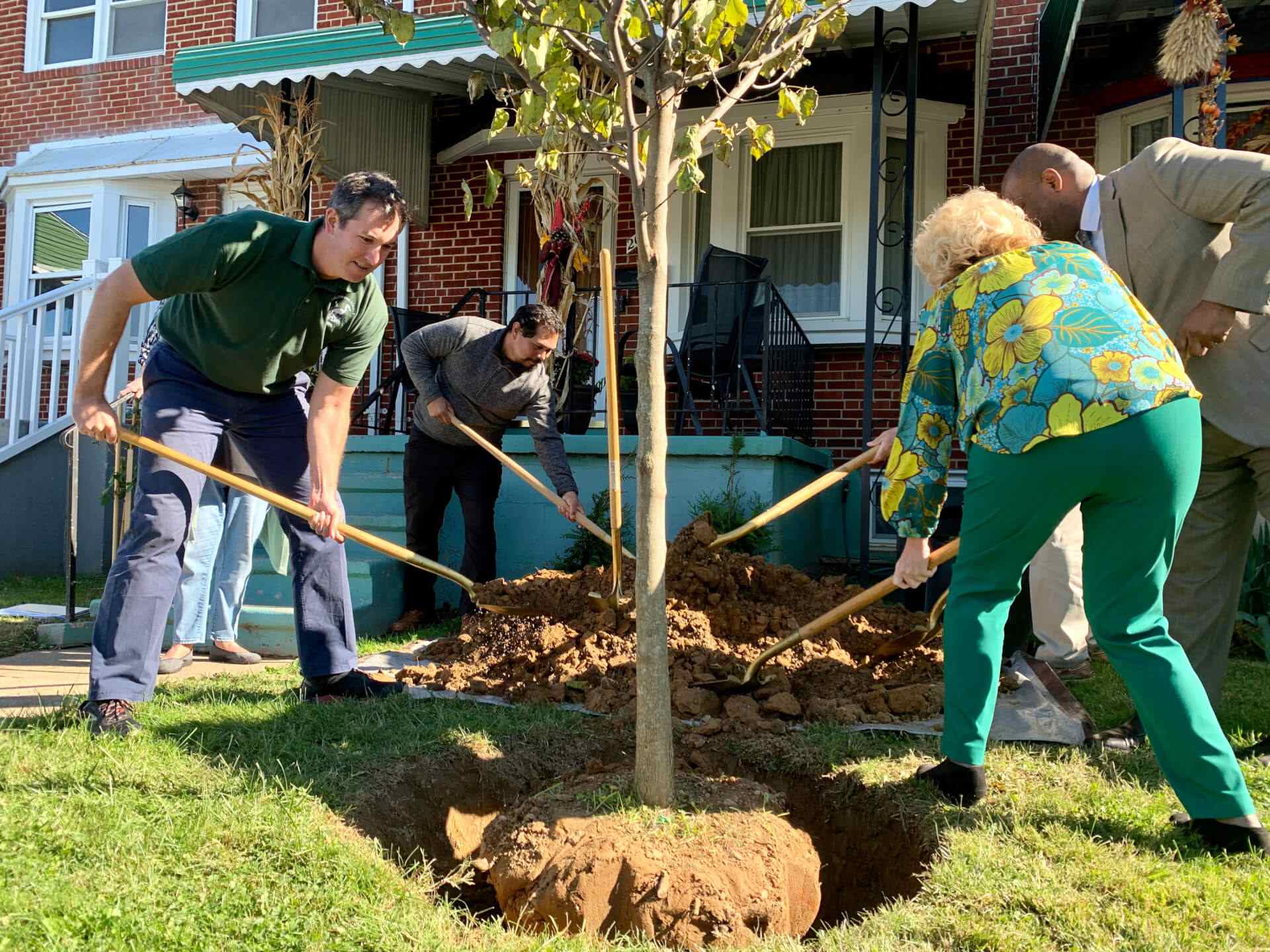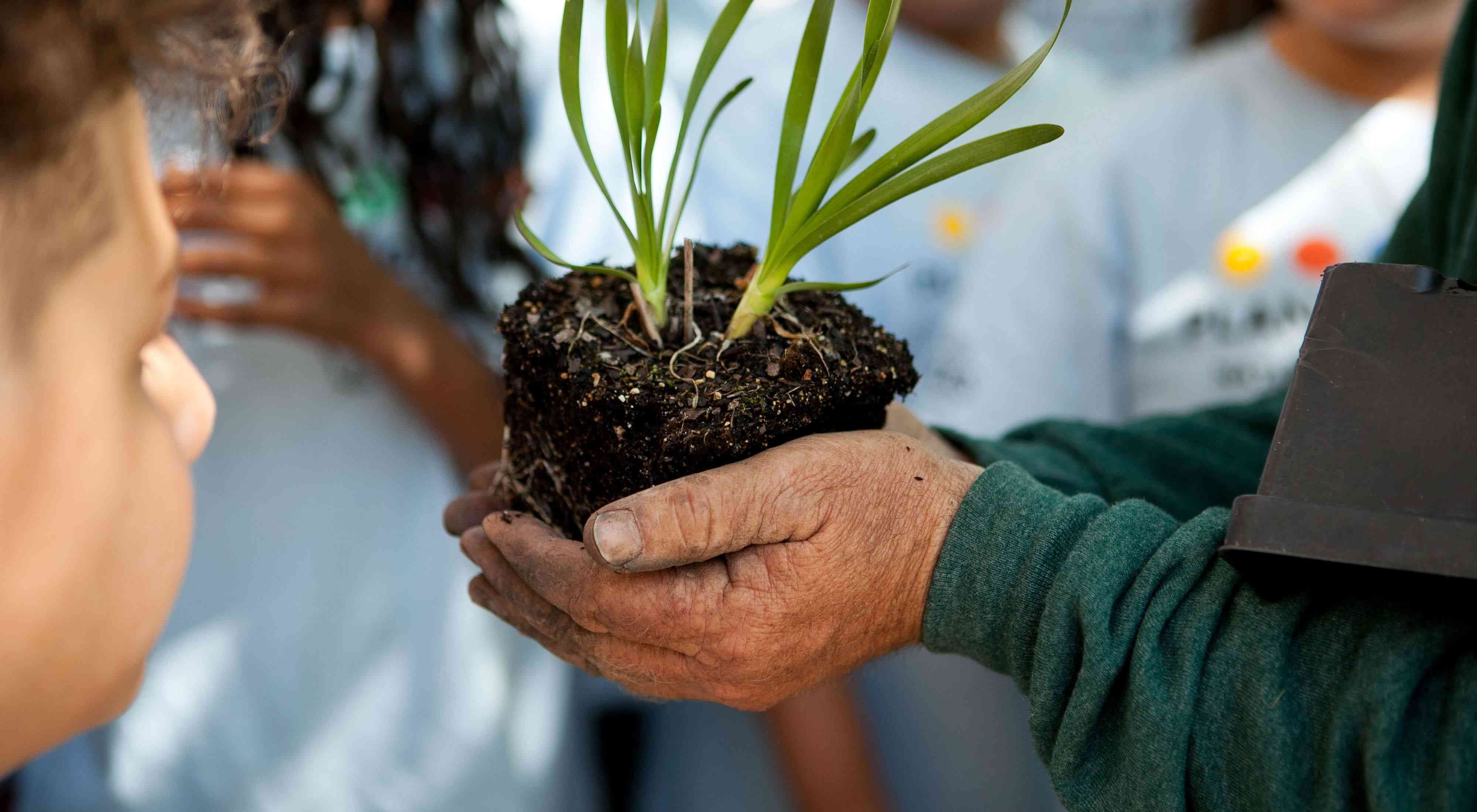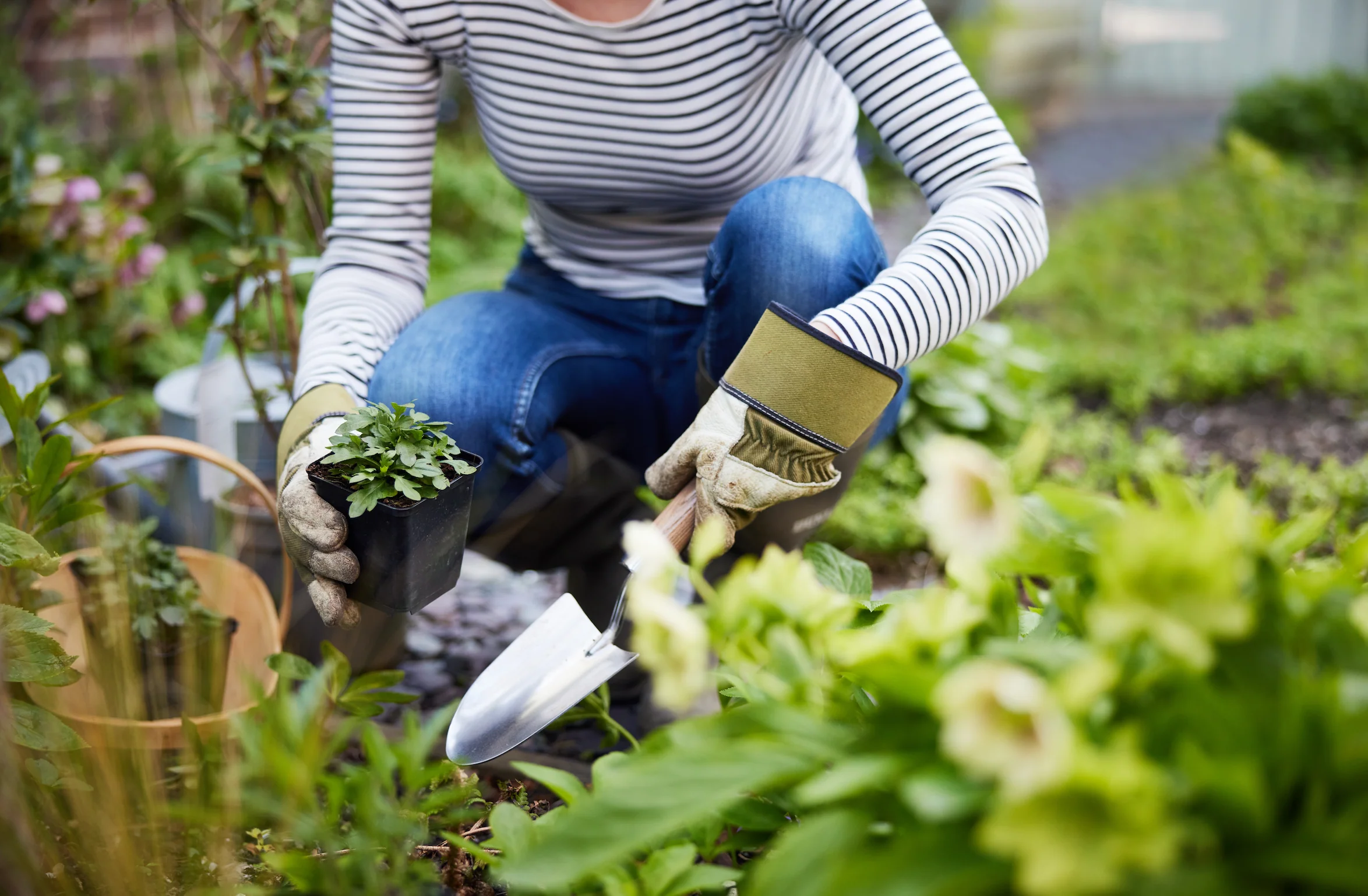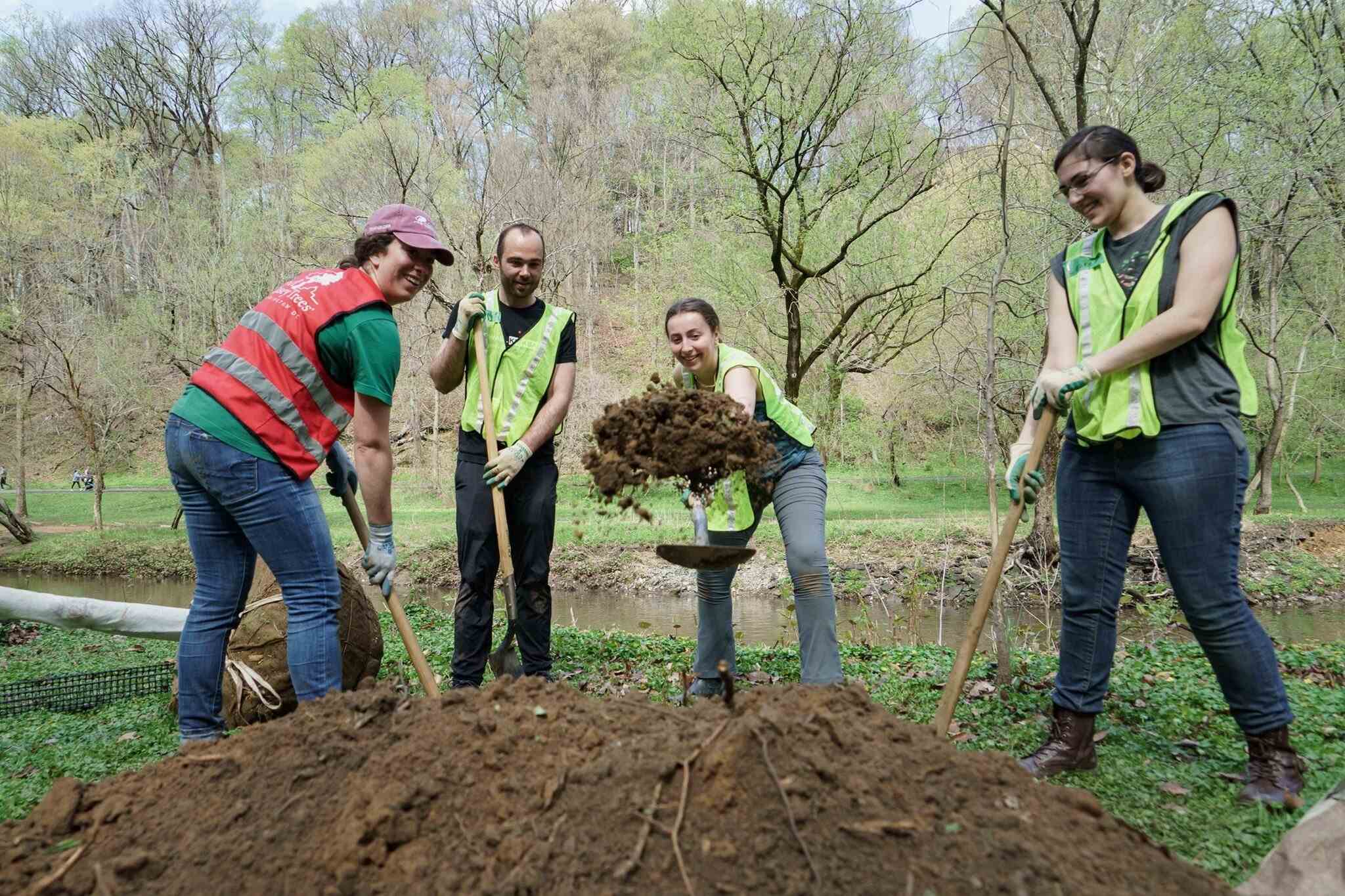Home>Gardening Basics>Understanding Soil>What Planting Zone Is Orlando Florida


Understanding Soil
What Planting Zone Is Orlando Florida
Modified: January 22, 2024
Find out the planting zone for Orlando, Florida and gain a better understanding of soil conditions in the area with our comprehensive guide.
(Many of the links in this article redirect to a specific reviewed product. Your purchase of these products through affiliate links helps to generate commission for Chicagolandgardening.com, at no extra cost. Learn more)
Table of Contents
Introduction
Welcome to the vibrant city of Orlando, Florida! With its sunny climate and lush landscapes, it’s no wonder that many residents and visitors alike are interested in gardening and landscaping. But before you dig in the soil and start planting, it’s important to understand the concept of planting zones.
Planting zones, also known as hardiness zones, are geographical areas that are categorized based on their average minimum winter temperatures. These zones provide valuable information about the types of plants that are likely to thrive in a specific region. By knowing your planting zone, you can choose plants that are best suited for your area, ensuring their survival and success.
Understanding the importance of planting zones is crucial for any aspiring gardener or landscaper. It helps you select plants that are adapted to the local climate, reducing the risk of plant stress, disease, and failure. By following the recommended planting guidelines for your zone, you can increase the chances of having a thriving and beautiful garden.
Several factors come into play when determining the planting zone for a particular area. The primary factor is the average minimum winter temperature, as this greatly influences the survival of plants during the colder months. However, other factors, such as elevation, proximity to bodies of water, and microclimates, can also impact the overall growing conditions.
In the case of Orlando, Florida, its planting zone is influenced by a combination of factors. The city enjoys a subtropical climate with hot and humid summers and mild winters. However, being in the central part of the state, Orlando is not fully shielded from occasional cold snaps during the winter months.
By identifying the specific planting zone for Orlando, Florida, residents and gardening enthusiasts can confidently select plants that are best suited to the local climate and growing conditions. Understanding the planting zone can also help in planning for the appropriate timing of planting and determining the necessary care and maintenance requirements for various plant species.
In the following sections, we will dive deeper into the factors that affect Orlando’s planting zone and how you can identify it accurately. We will also provide a list of recommended plants that thrive in Orlando’s specific planting zone. So, let’s get started and explore the wonderful world of planting in Orlando, Florida!
Understanding Planting Zones
Planting zones, also known as hardiness zones, are a vital tool for gardeners and landscapers. They provide valuable information about the climatic conditions of a specific region, helping individuals choose plants that are most likely to thrive in their area.
The concept of planting zones was developed by the United States Department of Agriculture (USDA) and is based on average minimum winter temperatures. The USDA divided the United States into 11 main planting zones, ranging from Zone 1 with the coldest temperatures to Zone 11 with the warmest temperatures.
Each planting zone is further divided into subzones, indicated by a letter (a or b) for areas with slightly different temperature ranges within the main zone. For example, Zone 9a has a slightly colder temperature range compared to Zone 9b.
The primary purpose of planting zones is to help gardeners and landscapers understand the temperature range in their area and select plants that can withstand those conditions. Plants have different temperature tolerances, and planting within the appropriate zone increases their chances of survival, growth, and overall health.
It’s important to note that planting zones don’t take into account other environmental factors such as rainfall, humidity, and soil conditions. While these factors are crucial for plant success, planting zones serve as an initial guideline for selecting suitable plants.
When determining the appropriate planting zone for a specific location, it’s essential to know the average minimum winter temperature in that area. Many resources, including online tools and maps, provide information about planting zones based on zip codes or geographical regions.
By understanding the planting zone of your region, you can make informed decisions about the types of plants that are likely to thrive. This knowledge helps to reduce the risk of plant stress, damage, and unsuccessful gardening endeavors.
It’s also important to bear in mind that planting zones are not static and may change over time due to climate change and other factors. As a result, it’s recommended to periodically check for any updates or changes to the planting zones in your area.
Now that you have a better understanding of planting zones, let’s take a closer look at why they are so important in the context of gardening and landscaping in Orlando, Florida.
The Importance of Planting Zones
Planting zones play a crucial role in gardening and landscaping, especially in regions like Orlando, Florida, where the climate can vary greatly throughout the year. Understanding the importance of planting zones can help you make informed decisions about the types of plants to choose, ensuring their survival and success in your garden or landscape.
One of the key reasons why planting zones are essential is that they provide valuable information about the average minimum winter temperatures in a specific area. This information helps gardeners and landscapers select plants that are adapted to the local climate and can withstand the temperature extremes, reducing the risk of plant stress, damage, and potential failure.
Plants have varying temperature tolerances and specific temperature requirements for optimal growth and development. By planting within the appropriate zone, you ensure that your plants have the best chance of thriving and reaching their full potential. This is particularly important in Orlando, Florida, where occasional cold snaps can occur during the winter months.
Another reason why planting zones are significant is that they aid in proper planning and timing of planting. Different plants have specific growing seasons and planting windows. By knowing your planting zone, you can determine the most appropriate time to plant different varieties, maximizing their chances of survival and successful establishment.
In addition to helping you choose suitable plants, planting zones also provide guidance on the care and maintenance requirements for different species. Certain plants may require specific winter protection measures, such as mulching or covering, to withstand colder temperatures. By understanding your planting zone, you can prepare and provide the necessary care to ensure the longevity and health of your plants.
Furthermore, planting zones are not only useful for individual gardeners but also for businesses and landscape professionals. Landscaping projects in Orlando can benefit from careful selection and placement of plants that are well-adapted to the local planting zone. This helps create cohesive and visually appealing landscapes that thrive in the local climate conditions.
Overall, the importance of planting zones cannot be overstated. They provide the foundation for successful gardening and landscaping projects by guiding plant selection, planting timing, and care practices. By understanding your planting zone in Orlando, Florida, you can create a beautiful and flourishing garden or landscape that brings joy and satisfaction year-round.
Factors Affecting Orlando’s Planting Zone
Several factors contribute to determining the planting zone of a specific area, including Orlando, Florida. Understanding these factors can help gardeners and landscapers make informed decisions when selecting plants and planning their gardens or landscapes.
The primary factor that affects Orlando’s planting zone is the average minimum winter temperature. Orlando is situated in USDA Plant Hardiness Zone 9a, which means that the average minimum winter temperature ranges from 20 to 25 degrees Fahrenheit (-6.7 to -3.9 degrees Celsius). This relatively mild winter climate allows for a longer growing season and the ability to grow a wide variety of plants that may not thrive in colder zones.
Elevation also plays a role in determining Orlando’s planting zone. The city sits at an elevation of approximately 82 feet (25 meters) above sea level. Higher elevations can have slightly lower temperatures, which may impact the choice of plants and their ability to withstand the cooler temperatures.
Proximity to bodies of water is another factor that affects Orlando’s planting zone. The presence of water bodies, such as lakes and reservoirs, can moderate temperatures in the surrounding areas. This means that areas in close proximity to water bodies may experience slightly warmer temperatures in the winter, which can widen the range of plants that can be grown successfully.
Microclimates also contribute to the variation of planting zones within a specific area. Microclimates are localized climatic conditions that differ from the surrounding area due to factors such as topography, vegetation cover, and human modifications. In Orlando, microclimates can be created by factors like urban heat island effect, wind patterns, and the presence of shade from buildings or trees. These microclimates can affect temperature, moisture levels, and sunlight exposure, influencing the types of plants that can thrive in specific locations within the city.
It’s important to note that factors like extreme weather events, such as severe freezes or heatwaves, can also impact the planting zone temporarily. Unusual weather patterns can cause sudden shifts in temperature, affecting the ability of certain plants to survive. Gardeners in Orlando should monitor weather forecasts and be prepared to provide extra protection or care to their plants when extreme weather events occur.
By considering these factors that affect Orlando’s planting zone, gardeners and landscapers can make informed decisions about plant selection, planting timing, and placement. It’s always advisable to consult local gardening resources, experts, and nurseries to gather specific information about plant suitability and recommendations based on the unique conditions in Orlando.
Identifying Orlando’s Planting Zone
To accurately identify Orlando’s planting zone, it’s essential to consult reliable resources that provide information specific to the region. The United States Department of Agriculture (USDA) provides an online tool known as the USDA Hardiness Zone Map, which can help determine the appropriate planting zone for a given location.
The USDA Hardiness Zone Map divides the United States into various zones based on average minimum winter temperatures. By entering the zip code or the name of the city, gardeners and landscapers can access the specific planting zone information for that area.
For Orlando, Florida, the city falls within USDA Plant Hardiness Zone 9a. This means that the average minimum winter temperature in Orlando ranges from 20 to 25 degrees Fahrenheit (-6.7 to -3.9 degrees Celsius).
Another resource that can be utilized is local agricultural extension offices. These offices often have specific information about the planting zones and gardening recommendations tailored to the local conditions.
Observing the plants that naturally thrive in the area can also provide a clue about the planting zone. Pay attention to the types of trees, shrubs, and flowers that are prevalent in the Orlando region. This can give valuable insight into the suitable plant choices for your garden or landscape.
In addition to these resources, it’s important to consider other factors that may impact the planting zone within Orlando. Elements such as elevation, proximity to bodies of water, and microclimates can create slight variations and influence the specific conditions in different areas of the city.
By taking these factors into account and consulting the appropriate resources, gardeners and landscapers in Orlando can accurately identify their planting zone. This knowledge serves as a foundation for selecting plants that are well-suited to the local climate and growing conditions, ensuring success and satisfaction in gardening and landscaping endeavors.
Recommended Plants for Orlando’s Planting Zone
Orlando’s planting zone, which is USDA Plant Hardiness Zone 9a, offers gardeners and landscapers a wide range of plant options to choose from. The mild winter temperatures and subtropical climate create favorable conditions for various plant species. Here are some recommended plants that thrive in Orlando’s planting zone:
- Palms: Palms are iconic and well-suited for the Orlando area. Species such as the Queen Palm (Syagrus romanzoffiana), Canary Island Date Palm (Phoenix canariensis), and Sago Palm (Cycas revoluta) add a tropical touch to any landscape.
- Tropical Fruits: Take advantage of the warm climate by growing tropical fruits like bananas, mangoes, and papayas. Varieties such as the ‘Manila’ Mango (Mangifera indica ‘Manila’) and ‘Dwarf Brazilian’ Papaya (Carica papaya ‘Dwarf Brazilian’) thrive in the Orlando region.
- Flowering Trees: Enhance your landscape with the vibrant blooms of flowering trees. Consider the Crape Myrtle (Lagerstroemia indica), which comes in a variety of colors, including lavender, pink, and white. The East Palatka Holly (Ilex x attenuata ‘East Palatka’) is an excellent option for adding evergreen beauty and attracting wildlife.
- Ornamental Grasses: Ornamental grasses provide texture and movement in the garden. Species like Fountain Grass (Pennisetum setaceum) and Muhly Grass (Muhlenbergia capillaris) offer year-round interest with their graceful form and feathery flower plumes.
- Native Plants: Incorporating native plants into your garden helps support the local ecosystem and often requires less maintenance. Consider Florida Anise (Illicium floridanum) with its glossy foliage and fragrant blooms, or the Blanket Flower (Gaillardia pulchella) with its colorful petals.
- Tropical Bulbs: Add color and tropical flair with bulbs like the Blood Lily (Scadoxus multiflorus) or the Butterfly Lily (Hedychium coronarium). These plants bloom with striking flowers and add a touch of exotic beauty to your garden.
When selecting plants for your garden or landscape in Orlando, it’s important to consider factors such as sun and shade requirements, soil conditions, and water needs. Some plants may require moist soil, while others are more tolerant of drought conditions.
Remember to also account for the potential for freezes or cold snaps during the winter months, despite the overall mild climate. Select plants that are suitable for Zone 9a and can withstand occasional dips in temperature.
Consulting with local nurseries and gardening experts can provide valuable insight and guidance on plant selection and care practices specific to the Orlando area.
By choosing plants that are well-adapted to Orlando’s planting zone, you can create a beautiful and thriving garden or landscape that brings joy and beauty to your outdoor space.
Conclusion
Understanding planting zones is a crucial aspect of successful gardening and landscaping in Orlando, Florida. By knowing your planting zone, you can select plants that are well-suited to the local climate and growing conditions, increasing their chances of survival and success.
In this article, we explored the importance of planting zones and how they provide valuable information about average minimum winter temperatures. We discussed that Orlando falls within USDA Plant Hardiness Zone 9a, which allows for a wide range of plant options that can thrive in the relatively mild winter climate.
We also discussed the factors that affect Orlando’s planting zone, including elevation, proximity to bodies of water, and microclimates. These factors contribute to slight variations within the city and influence the specific growing conditions in different areas.
Identifying Orlando’s planting zone can be done by referring to resources such as the USDA Hardiness Zone Map or consulting local agricultural extension offices. Considering other factors like the plants that naturally thrive in the area and observing microclimates can also provide valuable insights.
To help you get started with plant selection, we provided a list of recommended plants for Orlando’s planting zone. These included palms, tropical fruits, flowering trees, ornamental grasses, native plants, and tropical bulbs. These plants offer a range of colors, textures, and forms that can create a visually appealing and thriving garden or landscape.
Remember to consider factors like sun and shade requirements, soil conditions, and water needs when selecting plants. It’s also important to be prepared for occasional cold snaps during the winter months and choose plants that are suitable for Zone 9a.
By utilizing the knowledge of planting zones and selecting plants appropriate for Orlando’s climate and growing conditions, you can create a beautiful and vibrant outdoor space that brings joy and satisfaction year-round. Happy gardening!
